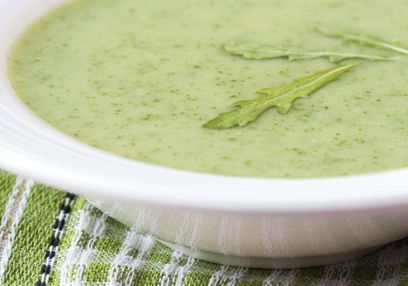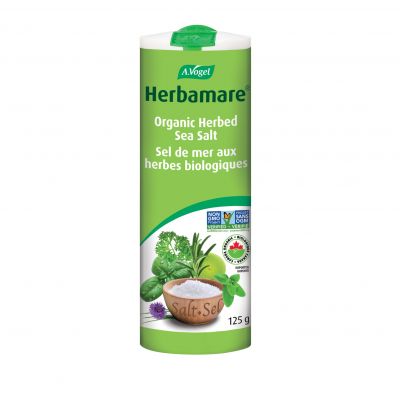A.Vogel search
When the internal search is activated, personal data such as your IP address is transmitted to our search engine Cludo. Data is thus transferred to a third country. Please click here if you want to display the internal search. You can find more information on data protection here: Privacy policy.
Gelsemium sempervirens (L.) AIT.
Yellow Jasmine
History

The name ‘jasmine’ comes from the Italian word, gelsomino, which together with the southern French word jensemie and Catalan word gessami are derived from the Persian/Arabic yasamin or yasemin. In ancient Greece, iásminon was described as ‘a fragrant oil from Persia’. The species name sempervirens derives from the Latin semper meaning ’always‘ and virens meaning ‘green’. Yellow Jasmine was used by the Native Americans in what are now the southern states of the United States for so-called ’divine judgements‘ and in order to commit murder by poisoning. People poisoned by Yellow Jasmine become paralysed yet remain fully conscious with eyes open. They cannot move, but are aware of everything going on around them. The Othomi tribe use the word bé-í meaning ‘cessation of movement’ to describe the typical Gelsemium tetanus and the word bebo-sito, meaning ‘glass coffin’ to describe the poisonous drink made from gelsemium root .
Botanical characteristics
Yellow Jasmine is a creeping plant with thin shoots which grow up to five metres in length from a tuberous, vigorous root stock. The shoots are in part woody and are profusely branched. They bear lanceolate, dark green, glossy, opposite leaves. In the leaf axils of the upper shoots stand the bright yellow, 4cm to 5cm long, fragrant flowers. The five-lobed calyx has a trumpet-shaped margin. The fruit is a hanging, light brown capsule with a paper-like shell and roundish flat-winged seeds. Yellow Jasmine flowers from April to May.
Habitat
Yellow Jasmine is native to the southern Atlantic states of the USA and Central America, thriving in the forests and on the coast of Virginia, Florida, Texas, Mexico, and Guatemala. Some species of Jasmine are cultivated in southern France and southern Anatolia for their essential oil, which is used in perfumes.
Preparation
A.Vogel/Bioforce uses a homoeopathic mother tincture produced in accordance with the current Homöopathisches Arzneibuch (HAB (New Official German Homoeopathic Pharmacopoeia) from the fresh, underground parts of Gelsemium sempervirens (L.) Jaume St.-Hill. Potentising of the dilutions is carried out manually.
Alfred Vogel's guide to leading a healthy and happy life
Watch the videoNature is just about the best thing we’ve got!





